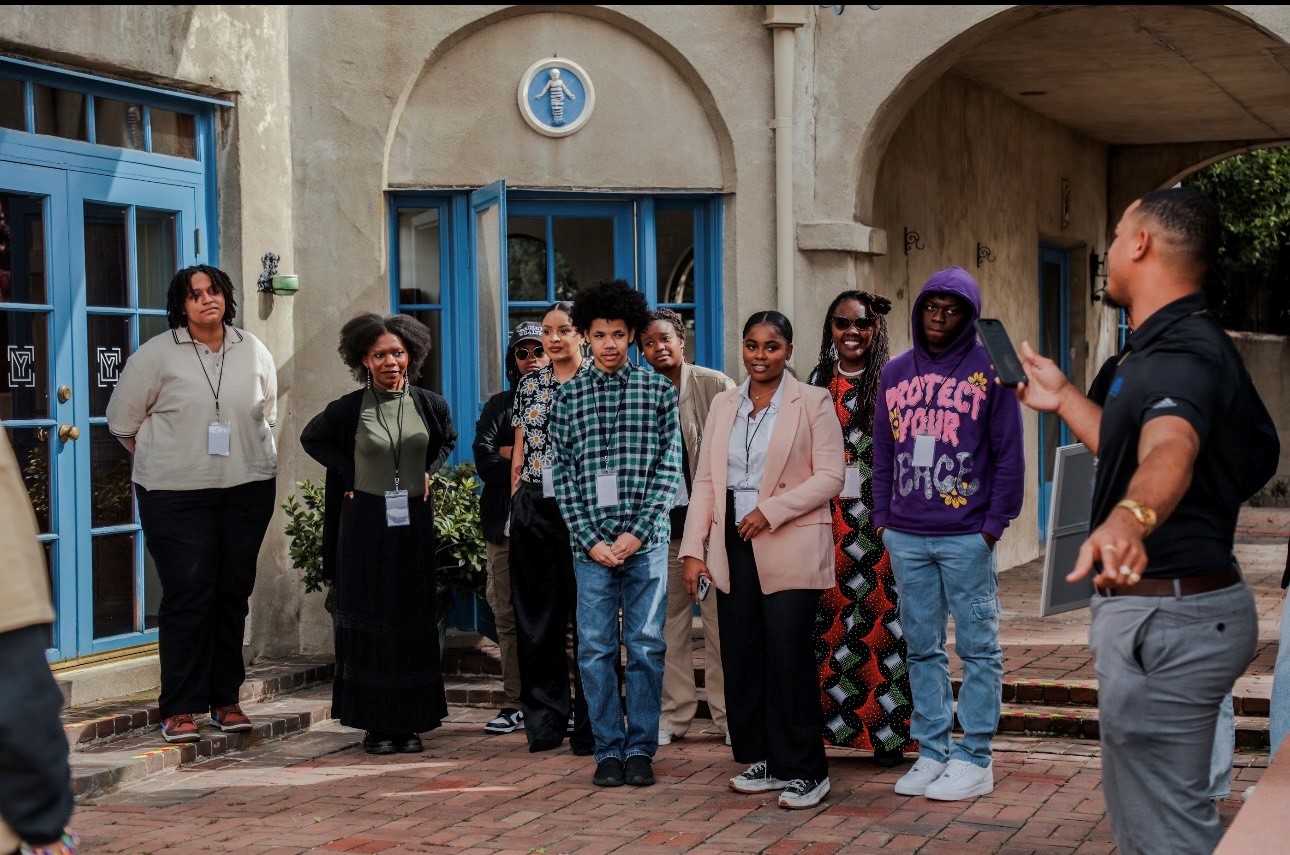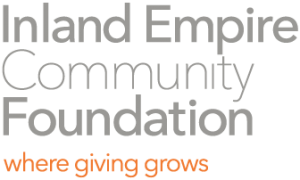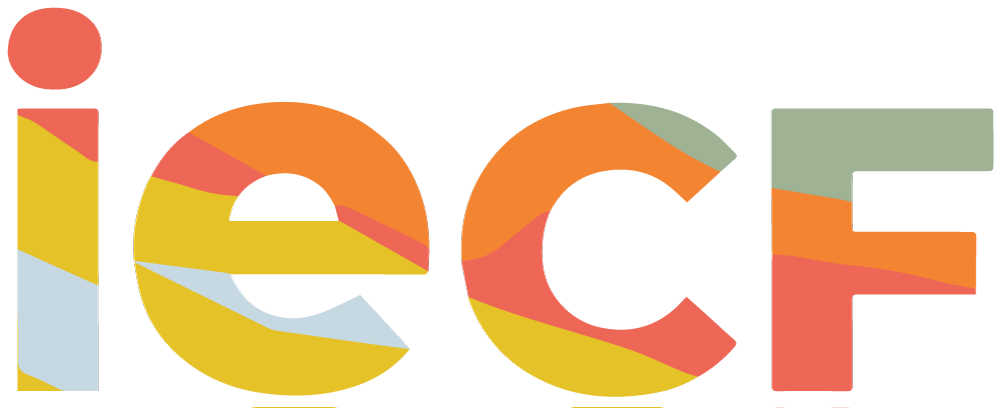
April Clay hosts a community circle with students
Author, professor, and trailblazing activist Bell Hooks once said: “To build community requires vigilant awareness… rarely, if ever, are any of us healed in isolation. Healing is an act of community.”
That wisdom serves as a fine springboard for the Coalition for Innovative Restorative Justice Practices initial convening, which runs 8 a.m. to 4 p.m. Friday, June 14 at La Quinta Resort. A pre-convening event is slated for noon, Thursday, June 13.
The gathering of leaders and innovators, spearheaded by Clay Counseling Foundation, creates a unique opportunity to foster deep discussions and further strengthen an understanding about co-creating valuable ecosystems that are community-based, student-centered, equitable, and just.
“We want to build community,” says April Clay, PhD, whose San Bernardino-based counseling business offers numerous services. “We want restorative practitioners to meet one another at this event. There are schools doing or beginning to do restorative work. We want them to meet those who have been doing this work for some time.
“We really want to get into the space of having intersecting conversations, which allows folks not normally in conversation with each other to start dialoguing and having discourse around what restorative practices should look like,” she adds.

Tawon Green, Executive Director of Clay Counseling Foundation, facilitating a Restorative Justice activity at a community event
Noting that this work runs from the classroom to the boardroom to the playground, the ripple effects can be significant, affecting safety officers and policy makers, who can learn from various practitioners in a safe space.
“We really want this to be a systemic change, including the judicial system,” Clay says, adding that the impetus for the event sprang several years ago when Clay Counseling Foundation began using restorative practices with families, teaching them how to use restorative questioning with children.
“It was designed to help kids be more reflective of their own behavior,” she adds, “and see the need for change, and that consequences are a natural part of their own decision making. We also started working with schools.”
One thing Clay et al have eyed: the classroom to prison pipeline.
“We do see the number of kids being exited from our K-12 system parallel with the number of kids entering into the juvenile justice system,” Clay says. “We want to reduce that number. So, if you get into a fight or an altercation with your teacher, you flip over a desk, you get a consequent behavior, but we keep you in the school.”
Basically, a student would not automatically be pushed out.
“Obviously you want to uphold the rules, but we need to be able to allow kids to participate in the consequences and that’s a big area of restorative work,” she adds. “Oftentimes, we hear a lot of our schools saying they have restorative practices, but at the end of the day, we’re still pushing kids out of the schools. We want to give kids a chance to redeem themselves. We want to give them opportunity to repair the harm that they’ve created, and see them make changes.”
The Coalition for Innovative Restorative Justice Practices initial convening features a variety of gatherings/workshops geared to further illuminate right action, from building community and Restorative Justice Practices and the law to other themes that touch on such things as equity and inclusion and harm reduction.
A “Learn by Doing” component of the event branches things out further, featuring the value of tai chi, yoga, listening circles, guided meditation, and nature walks, among others.
An Introduction to Restorative Practices certification is also offered.
Recently, Inland Empire Community Foundation became one of many significant sponsors for the event.
“Sponsorships been a huge benefit because they are allowing us to reduce the cost of the event,” Clay says. “If you were to look at this as an investment in our youth, it allows us to help encourage folks to come to the table with fewer barriers because cost does become a barrier.
“Because we’re doing it in the Coachella Valley,” she adds, “these valuable sponsors have connected us to other organizations that we would have not perhaps known about, and that has been an added blessing.”
Learn more about Clay Counseling Foundation at claycounselingsolutions.com
This article originally appeared in the San Bernardino Sun, May 2024
Learn more about the good work we’re doing at IECF through the power of philanthropy. Subscribe to our free monthly eNewsletter, Philanthropy Matters.



